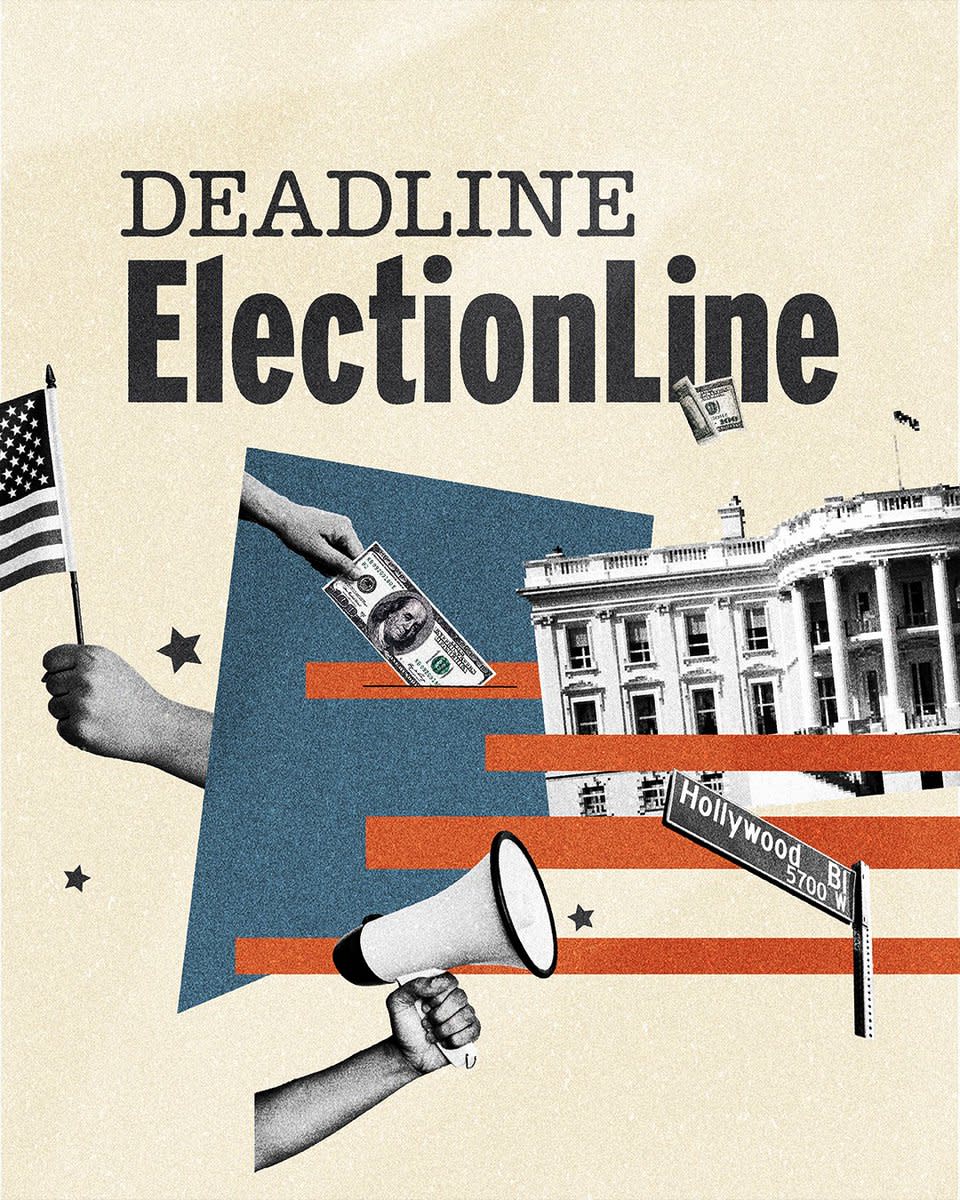Peter Bart: A Biden-Trump Rematch Dims Cable News Prospects And A Print Media Biz Already In Trouble


“Sequels suck, whether you’re making them or watching them.” So said one storied filmmaker in rejecting a rich movie deal (details below), and he’d likely react the same if offered Biden vs. Trump.
The New Hampshire primary results this week reinforced media alarm over a projected 2024 rerun that could fracture ratings and reduce print coverage to “meaningless dribble,” in the words of one publisher.
More from Deadline
Can there be a fix? Mark Thompson, the new CNN chief who has seen half his linear audience disappear, optimistically promises a digital upheaval not only in election coverage but beyond.
On the print side, however, chaos prevails: The Los Angeles Times has lost its top editors and roughly half of its news staff and sold off the San Diego Union-Tribune. Meanwhile, the Baltimore Sun, once also owned by the Times, has been acquired by Sinclair, a TV station behemoth whose leader, David Smith, believes political coverage is “too left wing.”
Clearly, the news business urgently needs some star value to ramp up audience interest and Ron DeSantis hasn’t measured up, whether against Bob Iger or Donald Trump. Nikki Haley delivers her lines forcefully but hasn’t delivered the numbers her donors anticipated.
The Times turmoil in Los Angeles represents a poignant microcosm of the national print malaise. Its prospects were bolstered six years ago when a biotech billionaire Dr. Patrick Soon-Shiong announced his $500 million acquisition of the Times and Union-Tribune — a decision that, overall, has actually cost him a billion dollars, he said this week.
With losses still running at over $40 million a year, the size of his newsroom has been slimmed down from 1,200 to 550, with further cuts possible.
The South African-raised tycoon this week saw his leadership team implode – his editor, Kevin Merida, and his news room chief, Sara Yasin, were both gone by week’s end. Also leaving are the Washington bureau chief, his deputy, the business editor and most of the photo department.
Some 90% of the news staff refused to come to work last Friday as a protest against cutbacks – a staff that was winning applause for its inclusiveness.
Given these struggles, the media must now figure out how to energize the news, and the melodramas, of the presidential sequel. Confronted with ratings declines, how will the TV anchors deal with rhetorical reruns and how will fact checkers avoid sounding like scolds on steroids?
Clearly, past tricks aren’t working. Debates don’t draw viewers, or even debaters. The punditry featured on MSNBC is as staunchly predictable as those on Fox News, with CNN now struggling to find some calm centrists.
Last year’s efforts at diversification have proven problematic. Soon-Shiong admitted frustration over failed attempts to create a Times Studio to develop podcasts and documentaries. CNN’s Thompson says he’s disturbed that his network has “failed to provide a compelling video-led news experience for viewers under 40, who have thus been depending for their news on generic video and social apps.”
The grim reality: Sequels are confounding, whatever the medium or the message, as history reminds us. When Francis Coppola was offered the chance to direct a Godfather sequel in 1972 he petulantly rejected the idea, declaring: “When a filmmaker succumbs to sequels, it’s proof he has exhausted his inventory of fresh ideas.”
Nothing would change his mind, he said. A check for $1 million plus the promise of full creative control prompted his swerve.
Ultimately, The Godfather Part II surpassed expectations among critics and audiences. It’s difficult to find similar optimism about Biden-Trump II.
Nonetheless, he still adheres to his point of view.
Best of Deadline
2024 Presidential Election Debate Schedule: Dates, Times, Who'll Be There And Who Won't
10 Worst Fictional Presidents From Movies And TV Shows - Photo Gallery
The Best Fictional Presidents On Film And TV - Photo Gallery
Sign up for Deadline's Newsletter. For the latest news, follow us on Facebook, Twitter, and Instagram.

 Yahoo News
Yahoo News 

